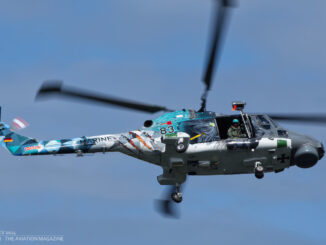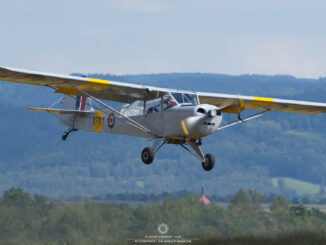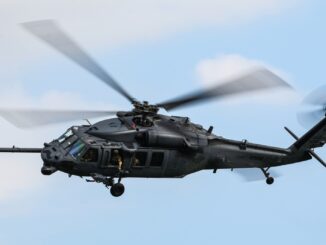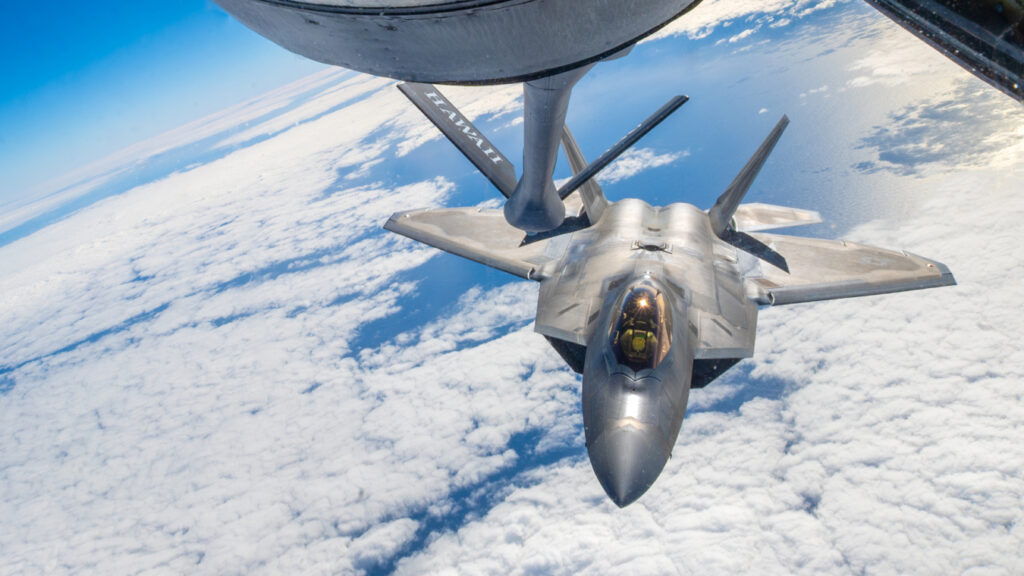 On 16th January 2024, another edition of Sentry Aloha aerial combat training began. Hosted by the Hawaii Air National Guard, the exercise involves more than 700 personnel and 46 aircraft from the United States armed forces and Australia, the only foreign participating country.
On 16th January 2024, another edition of Sentry Aloha aerial combat training began. Hosted by the Hawaii Air National Guard, the exercise involves more than 700 personnel and 46 aircraft from the United States armed forces and Australia, the only foreign participating country.
History of the Sentry Aloha training programme began in the late 1980s, when the Hawaii Air National Guard (HIANG) received its first F-15 Eagle fighters. Due to relatively remote location of the Hawaii archipelago, it was necessary to keep the needed level of interoperability and combat readiness of the HIANG pilots. Therefore, the Air National Guard launched an exercise programme, codenamed Sentry Aloha, inviting fighter units from the contiguous United States to Hawaii and then execute a series of joint aerial combat trainings with the HIANG.
For more than three decades of its history, Sentry Aloha became one of the most important combat trainings for the US fighter crews and a variety of supporting units, such as maintenance, aircraft control and warning, logistics, air refuelling and tactical airlift squadrons.
In the middle of the 2010s, new format of the exercise was developed. Its initial objective – to provide optimal and diverse combat training for HIANG – was replaced with integration of the US fighter units within both defensive and offensive counter-air measures. During the exercise, the role of the HIANG fighters was no longer limited to defending the Hawaiian airspace. Instead, mixed groups were created to act as both defenders and aggressors. That way, the redeveloped concept of the exercise allowed the Sentry Aloha programme to provide optimal training for several different units.
The Sentry Aloha exercises are hosted and led by the 154th Wing of the HIANG, stationed at Hickam Air Force Base in Honolulu. Major components of the 154th Wing include the 199th Fighter Squadron (F-22A Raptors), the 203rd Air Refueling Squadron (KC-135R Stratotankers) and the 204th Airlift Squadron (C-17 Globemaster IIIs), as well as maintenance, mission support, and aircraft control and warning units.
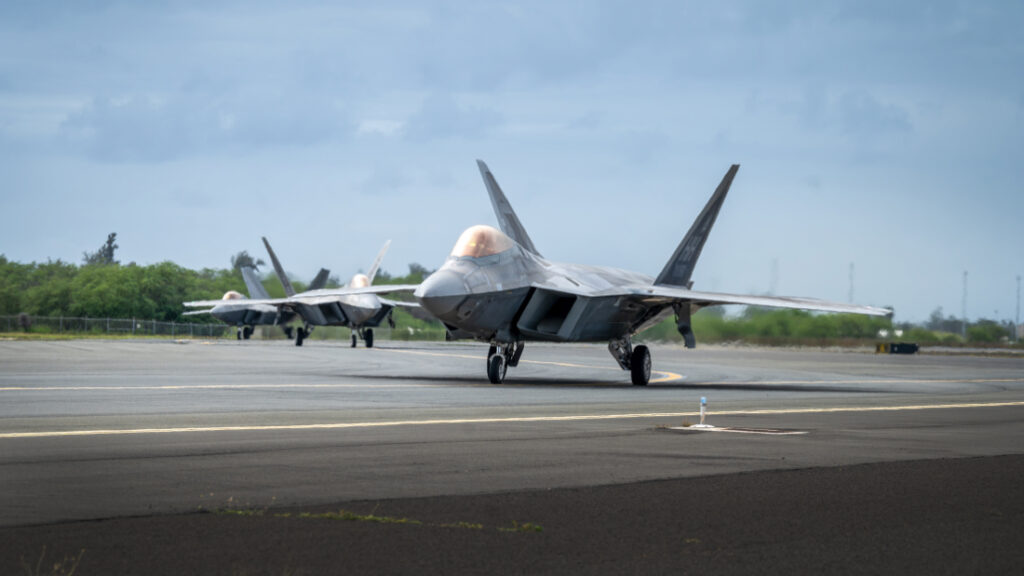
All the abovementioned components of the 154th Wing, as well as the other Hawaii-based fighter squadron, also equipped with the F-22 Raptors – the 19th Fighter Squadron of the USAF, currently participate in the Sentry Aloha 24-01 exercise.
Units participating in the current edition of the Sentry Aloha exercise include also Air Test and Evaluation Squadron Nine (VX-9 aka The Vampires) of the US Navy, and the No. 2 Squadron of the Royal Australian Air Force (RAAF).
The VX-9 is the official Navy Operational Test unit aimed to provide new capabilities for the US Navy fighters by testing aircraft and weapon systems in operationally relevant environment. The VX-9 Det Edwards is tasked with operational tests of the F-35, its capabilities and weapons. In addition, the unit develops tactics for the Navy´s 5th generation fighter and provides fleet integration of the F-35C into carrier air wings.
The Vampires joined the Hawaii exercise with F/A-18 Super Hornets and EA-18G Growlers from its main base at China Lake, California, as well as with F-35C Lightning II from unit´s detachment at Edwards AFB, California.
The RAAF is participating in the Sentry Aloha training with one of its latest acquirements – Boeing E-7A Wedgetail, airborne early warning and control aircraft.
The current edition of the Sentry Aloha exercise will conclude on 31st January 2024.
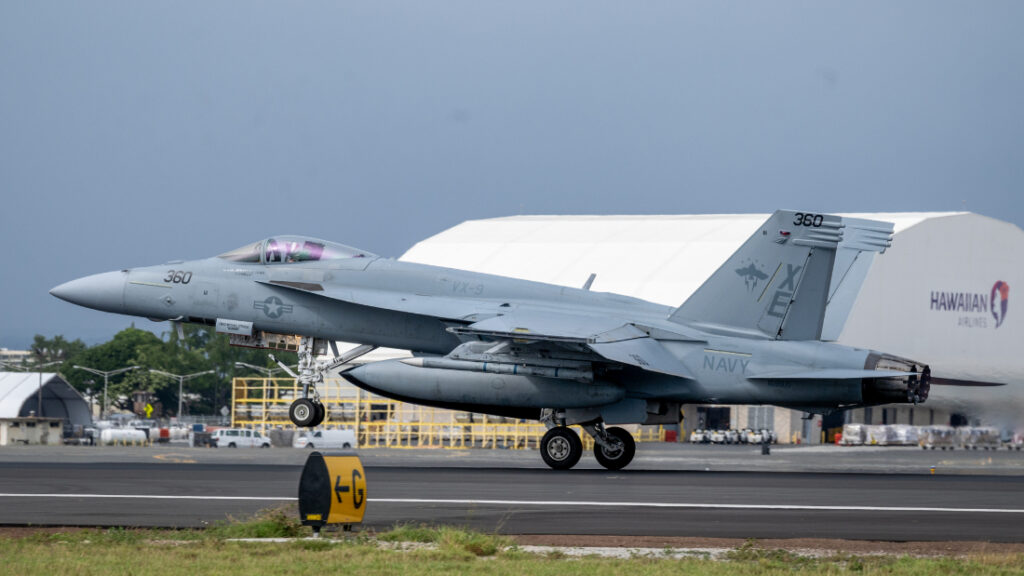
Cover photo: Hawaii Raptor receives fuel from a 203rd Air Refueling Squadron Stratotanker during Sentry Aloha 24-01 (US ANG photo by Master Sgt. Mysti Bicoy, cropped).
All photos © U.S. Department of Defence (DoD). DoD information materials were used, in compliance with Public Domain licence. The appearance of U.S. Department of Defense (DoD) visual information does not imply or constitute DoD endorsement.

